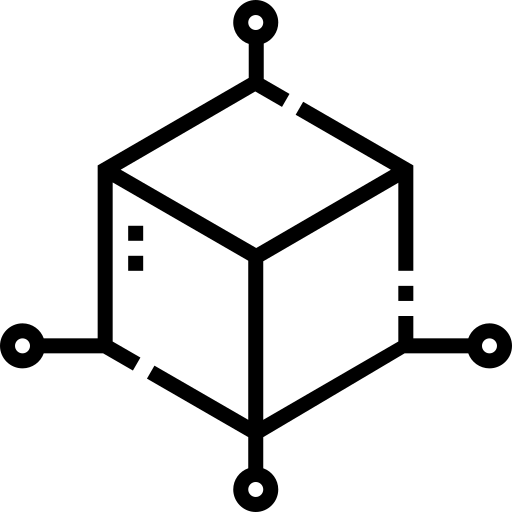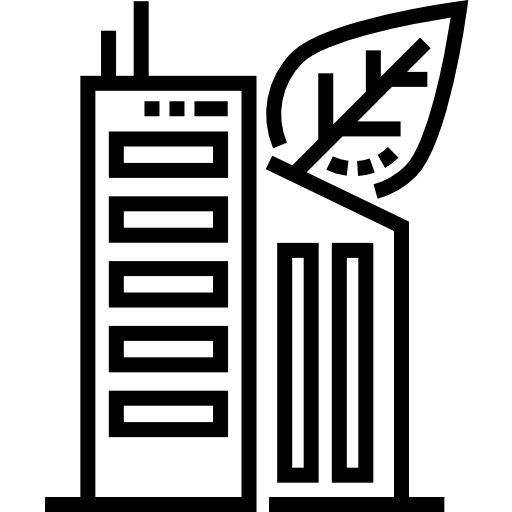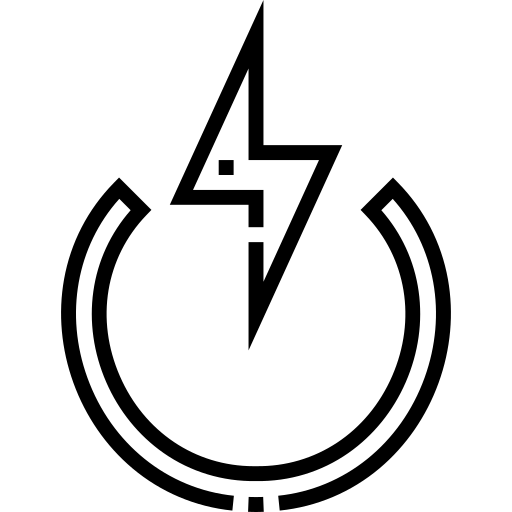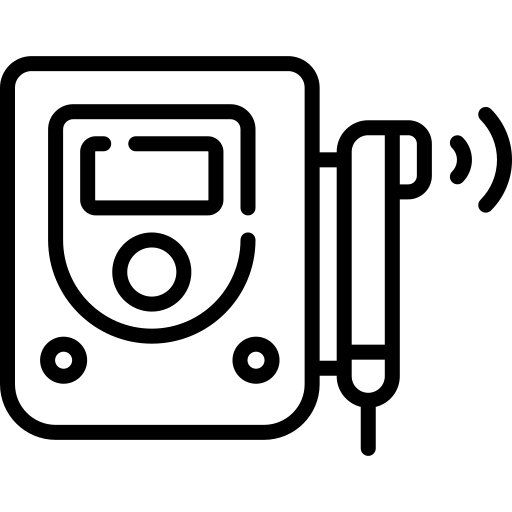
Prototyping and Product Development: PolyJet is often used for rapid prototyping in product design and development. It allows engineers and designers to quickly iterate and test different design concepts before moving to mass production.

Jewelry Prototyping: Jewelry designers use PolyJet for rapid prototyping of intricate and detailed jewelry designs. It allows them to test and refine their designs before final production.

Architectural Components: Architects use PolyJet to create detailed architectural models that accurately represent building designs. This is particularly useful for communicating design concepts to clients.

Consumer Electronics Prototyping: The technology's ability to produce detailed and small parts makes it suitable for prototyping in the consumer electronics industry, where intricate designs and fine details are crucial.

Educational Models: PolyJet is utilized in educational settings for creating detailed models to help students understand complex concepts in various fields, such as biology, engineering, and architecture.

Medical Models: The high precision and multi-material capabilities of PolyJet make it suitable for creating anatomical models for surgical planning, medical device prototypes, and dental applications

Automotive Prototyping: The automotive industry leverages PolyJet for rapid prototyping of vehicle parts, including interior components, exterior design elements, and functional prototypes for testing.

Aerospace Applications: In aerospace, where complex and lightweight components are often required, PolyJet can be used to create prototypes and models for testing. It's also valuable for producing jigs, fixtures, and tooling.

Art and Sculptures: Artists and sculptors use PolyJet for creating intricate and detailed artworks. The ability to print in multiple materials and colors adds to the artistic possibilities.

Consumer Goods: PolyJet enables the production of personalized and customized consumer goods, such as custom-fit eyewear, phone cases, and other accessories.













